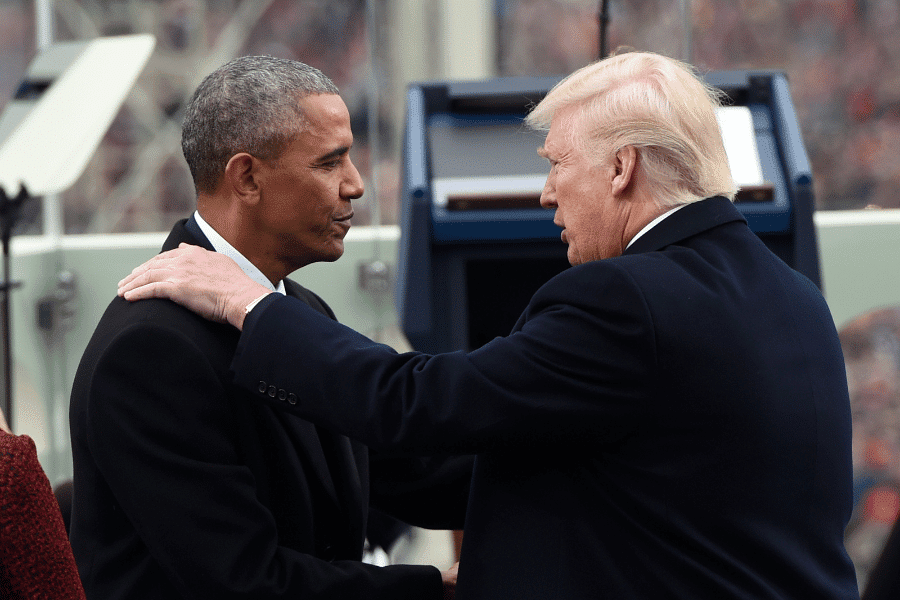Transfer students often face challenges integrating into their new college or university. Despite having previous experience in higher education, transfer students—particularly those from nontraditional backgrounds—can find it difficult to navigate student supports, build community and get engaged. These challenges can result in lower rates of completion among upward transfers.
A fall 2020 survey by Inside Higher Ed and Hanover Research found that fewer than 20 percent of four-year institutions reported providing sufficient social integration services for transfer students. About half indicated they supply enough academic support to transfer students who enroll.
Last fall, Indiana University Indianapolis launched an orientation program exclusively for incoming transfer and adult learners, designed to help familiarize them with the institution, build connections to peers and boost their confidence in attending the university.
What’s the need: About 30 percent of undergraduates at IU Indianapolis are transfer students, said Janice Bankert-Countryman, assistant director of student services at the Center for Transfer and Adult Students. A significant number of transfers come in as juniors, having already obtained an associate degree.
First-Year Bridge, IU Indianapolis’s orientation for new students, has historically supported all incoming students in the fall term. Staff created Bridge to Your Future: Transfer Bridge exclusively to serve the diverse needs of undergraduate transfer students, including military-affiliated students, working students and parenting students.
“The core of Transfer Bridge is creating and maintaining relationships,” Bankert-Countryman said. “We all need relationships to survive as humans, and we certainly need relationships to thrive as students. So how do we connect students to the right people at the right time to receive the right resources that will empower them to thrive at our campuses?”
How it works: Transfer Bridge is a coordinated effort among the Center for Transfer Students, First-Year Programs, Orientation Services, Student Transitions and Mentor Initiatives, Housing and Residence Life, and the Division of Enrollment Management.
First-Year Bridge is required of all first-year students, but transfers can opt in to Transfer Bridge. Students learn about the opportunity through emails and meetings with their admissions counselors and academic advisers, as well as through other orientation presentations, Bankert-Countryman said.
The pilot took place from 9 a.m. to 3 p.m. over three days during orientation week—designed to accommodate the needs of working and caregiving students, Bankert-Countryman said.
First-year orientation is a full five days, and transfer students participate in some of the larger programming, like workshops on how to join student organizations, engage in career development or understand finances. Many also join the field trip to the Indianapolis Zoo.
In addition to receiving support from Bankert-Countryman and other staff members, transfer students engage with two peer mentors, who provide insight and advice as students navigate their transition into the university.
Beyond orientation week, transfer students receive support through regular peer mentoring sessions, transfer student events and a Transfer Bridge fall celebration. Bankert-Countryman and the peer mentors use Canvas, email and social messaging to keep in touch with students, she said.
The impact: Of the 25 transfer and adult students who attended the inaugural orientation, 10 were 23 years old or older, two were military-connected and 12 had transferred from the local community college, Ivy Tech.
Sixty percent of the students who participated in Transfer Bridge have a 3.0 or higher, and many have joined student organizations or hold on-campus jobs.
Feedback from 14 participants showed that they found the program useful as they integrated into campus, saying it helped them to feel at home.
“This was a worth-it experience especially as someone who tends to get anxiety to new environments and overwhelmed easily,” one participant wrote in a postorientation survey. “In a nutshell, this was a good slow introduction before the first day of school.”
What’s next: This fall, staff will scale the program to offer three sections. The university will pay for three instructors and three peer mentors to lead the additional sections.
One section will be offered to students in the pre–Health and Life Sciences program to highlight academic planning and career development. Another section, Cyber Sandbox, will focus on tech tools on campus, introducing learners to available systems and technologies from 3-D printing to virtual reality and artificial intelligence. The third section, Connections, will center on a book, The Crossroads of Should and Must by Elle Luna, to help students connect their current learning to future goals.
We bet your colleague would like this article, too. Send them this link to subscribe to our newsletter on Student Success.



